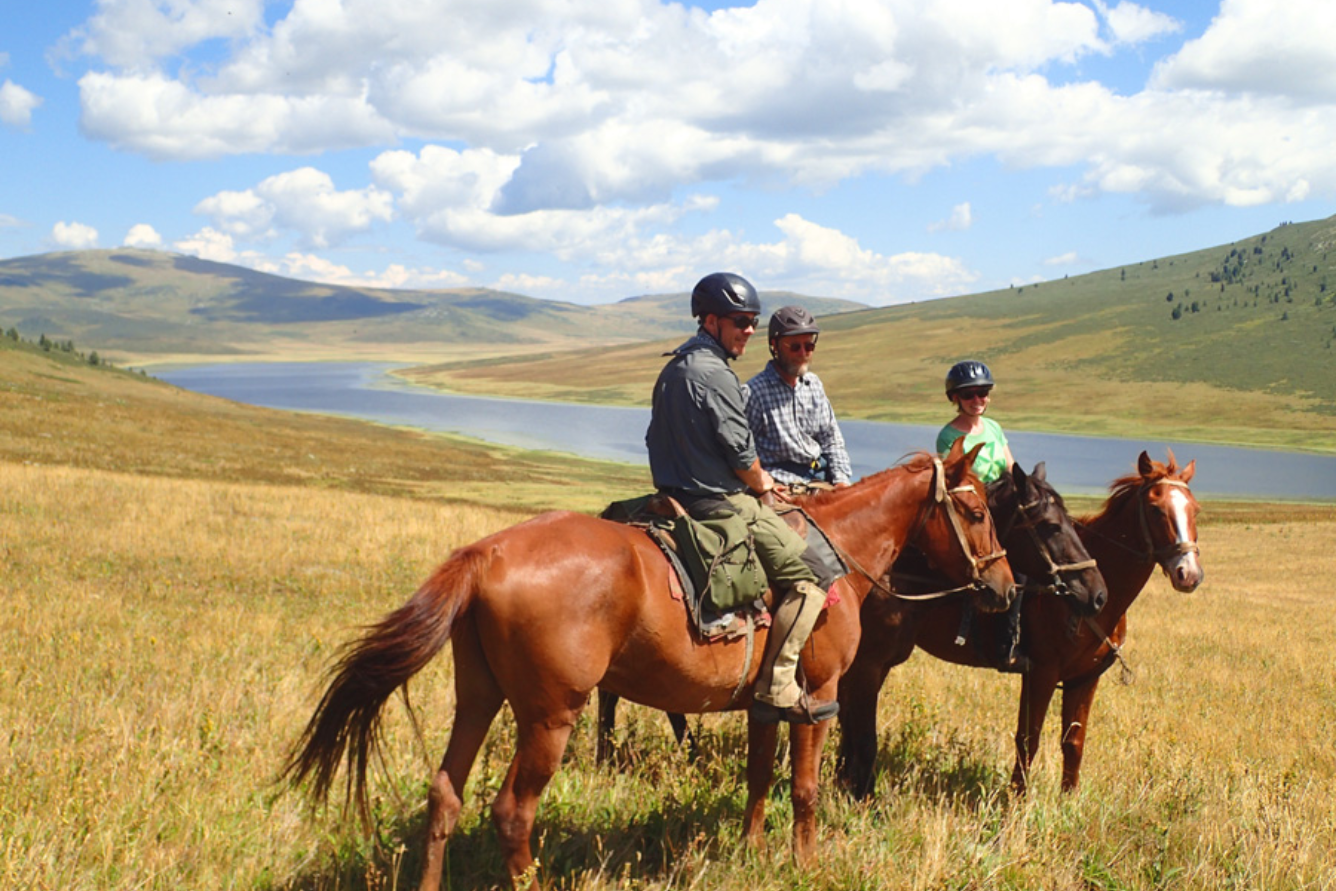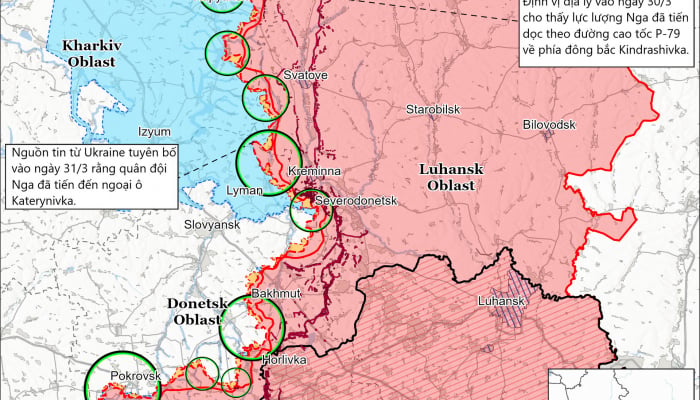Following their success in reviving the endangered Saiga antelope population, Kazakhstan authorities are trying to reintroduce a tiger species on the brink of extinction to an area near Lake Balkhash, Eurasianet reported on September 26.
The Caspian tiger, also known as the Turanian tiger or Persian tiger, roamed freely on the steppes of Kazakhstan until its disappearance about 70 years ago. To kick off the reintroduction program, Kazakhstan announced on September 23 that two Amur tigers, a male and a female, had been brought to the country from the Netherlands. Four more Amur tigers are expected to be brought in from Russia by 2025.
Ecology Minister Yerlan Nyssanbayev said Amur tigers were prioritized for the program because they, like Turan tigers, are accustomed to extreme cold, while other tiger species thrive in warmer climates.

Kazakhstan authorities are trying to reintroduce a species of tiger that was on the brink of extinction to an area near Lake Balkhash. Photo: Dutch News
Citing standards developed by the International Union for Conservation of Nature (IUCN), "Amur" and "Turan" are not considered separate tiger subspecies, so the animals reintroduced to Kazakhstan can be classified as Turan (Caspian) breed.
“For Kazakhstan, this is not only an ecologically important project, but also a symbol of joint efforts to restore natural heritage,” said Mr. Nyssanbayev.
The Kazakh government first expressed its desire to reintroduce tigers in 2010. Eight years later, with the support of the United Nations Development Programme (UNDP), the Ile-Balkhash National Nature Reserve of the State Institute of the Republic was established as a future habitat for tigers.
The reserve covers thousands of hectares of forest near Lake Balkhash and "conserves the unique biodiversity of steppe ecosystems, including rare and endangered species such as the saiga antelope, marbled skunk… and pallas sandgrouse," according to the UNDP.
The tigers are currently undergoing an acclimatization process in a small area near the protected area before moving to a larger area, the agency said in a statement. The pair's offspring will live in the wild in the national park, which is expected to house up to 100 tigers, officials said.
Turanian tigers tend to be larger than other tigers, have strong legs, small ears, and a dark orange-yellow coat with black stripes. The preferred habitat of the Turanian tiger is among the reeds and forests along the banks of the Ili and Syr Darya rivers in southern and southeastern Kazakhstan.
During the late Tsarist and early Soviet eras, tigers increasingly became a nuisance to local residents, killing livestock and occasionally attacking humans, prompting joint efforts to eradicate them. According to official data, the last Turanian tiger was killed in 1948.
Officials stressed that the new tiger population would not pose a threat to humans or livestock.
“Improving the tigers’ natural food supply and the remoteness of the reserve will help avoid conflicts between tigers and humans,” Nyssanbayev told reporters. The tigers’ main food sources will be wild boar and saiga antelope.
A statement from Kazakhstan's Ministry of Ecology quoted Gert Polet, a wildlife expert at the World Wide Fund for Nature (WWF) Netherlands, as saying the recovery program "gives hope" that similar recovery efforts for endangered or extinct species can be successful elsewhere.
The Turanian tiger pilot program is expected to build on the success of the Saiga population recovery. At the beginning of the 21st century, the Saiga was listed as critically endangered. Two decades of closely coordinated conservation efforts between international organizations, Kazakh government agencies, and local stakeholders have helped restore the population from 39,000 in 2005 to an estimated 2 million today.
Minh Duc (According to Eurasianet)
Source: https://www.nguoiduatin.vn/loai-vat-tuyet-tich-70-nam-tai-xuat-nho-ke-hoach-tha-ho-ve-rung-204240927201604816.htm


![[Photo] President Luong Cuong and King Philippe of Belgium visit Thang Long Imperial Citadel](https://vstatic.vietnam.vn/vietnam/resource/IMAGE/2025/4/1/cb080a6652f84a1291edc3d2ee50f631)


![[Photo] Prime Minister Pham Minh Chinh meets with King Philippe of Belgium](https://vstatic.vietnam.vn/vietnam/resource/IMAGE/2025/4/1/be2f9ad3b17843b9b8f8dee6f2d227e7)
![[Photo] Close-up of Vietnam's sniffer dog team searching for earthquake victims in Myanmar](https://vstatic.vietnam.vn/vietnam/resource/IMAGE/2025/4/1/d4949a0510ba40af93a15359b5450df2)
![[Photo] General Secretary To Lam receives King Philippe of Belgium](https://vstatic.vietnam.vn/vietnam/resource/IMAGE/2025/4/1/e5963137a0c9428dabb93bdb34b86d7c)

























![[Photo] Myanmar's capital in disarray after the great earthquake](https://vstatic.vietnam.vn/vietnam/resource/IMAGE/2025/4/1/7719e43b61ba40f3ac17f5c3c1f03720)






























































Comment (0)